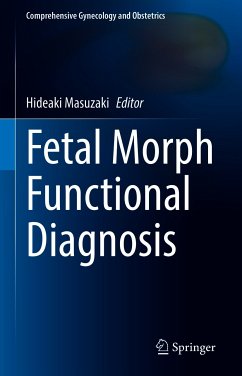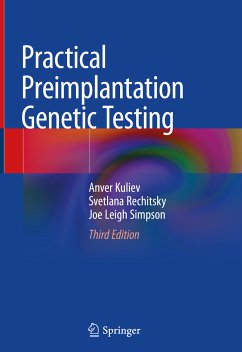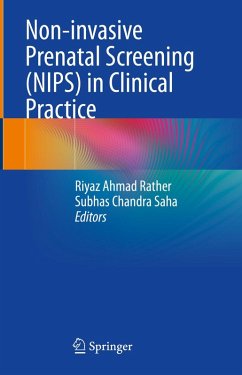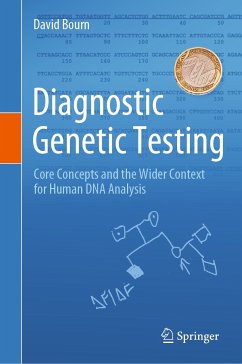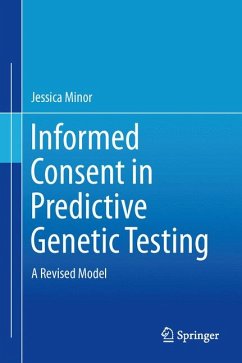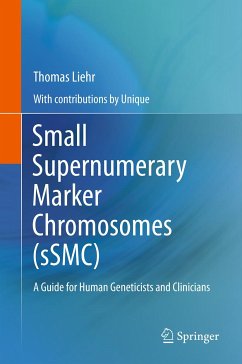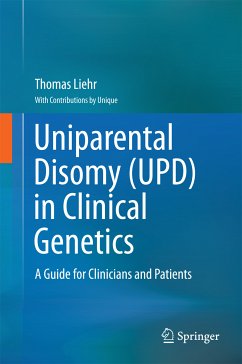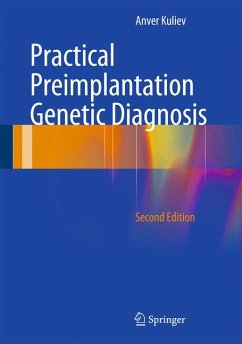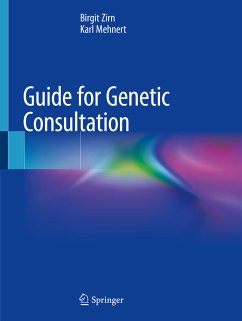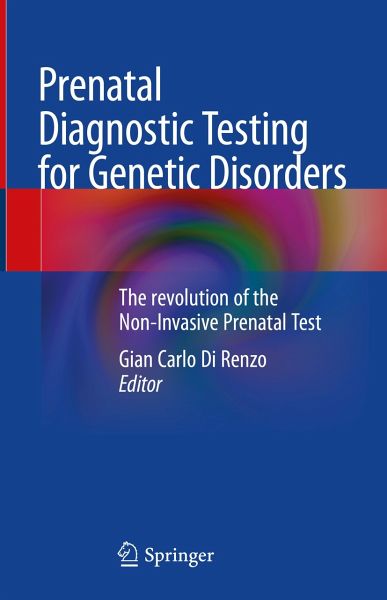
Prenatal Diagnostic Testing for Genetic Disorders (eBook, PDF)
The revolution of the Non-Invasive Prenatal Test
Redaktion: Di Renzo, Gian Carlo
Versandkostenfrei!
Sofort per Download lieferbar
80,95 €
inkl. MwSt.
Weitere Ausgaben:

PAYBACK Punkte
40 °P sammeln!
This comprehensive volume covers all aspects of the revolution in prenatal diagnosis brought about by the introduction of non-invasive prenatal testing (NIPT), which primarily relies on the detection of free fetal DNA circulating in maternal blood from the early stages of pregnancy. The book explores the potential of NIPT to provide full genome screening of the fetus and identify many common or rare disorders. The counseling process, as well as the limitations and pitfalls of various techniques used to perform NIPT, are described, evaluated, and critically discussed by renowned international e...
This comprehensive volume covers all aspects of the revolution in prenatal diagnosis brought about by the introduction of non-invasive prenatal testing (NIPT), which primarily relies on the detection of free fetal DNA circulating in maternal blood from the early stages of pregnancy. The book explores the potential of NIPT to provide full genome screening of the fetus and identify many common or rare disorders. The counseling process, as well as the limitations and pitfalls of various techniques used to perform NIPT, are described, evaluated, and critically discussed by renowned international experts. The book also compares the new technology with more conventional tests, preimplantation diagnosis, and the invasive procedures currently in use.
This book will be a valuable resource for gynecologists, obstetricians, geneticists, maternal-fetal medicine specialists, pathologists, neonatologists, reproductive medicine specialists, midwives, and anyone interested in prenatal geneticdiagnosis.
This book will be a valuable resource for gynecologists, obstetricians, geneticists, maternal-fetal medicine specialists, pathologists, neonatologists, reproductive medicine specialists, midwives, and anyone interested in prenatal geneticdiagnosis.
Dieser Download kann aus rechtlichen Gründen nur mit Rechnungsadresse in A, B, BG, CY, CZ, D, DK, EW, E, FIN, F, GR, HR, H, IRL, I, LT, L, LR, M, NL, PL, P, R, S, SLO, SK ausgeliefert werden.



